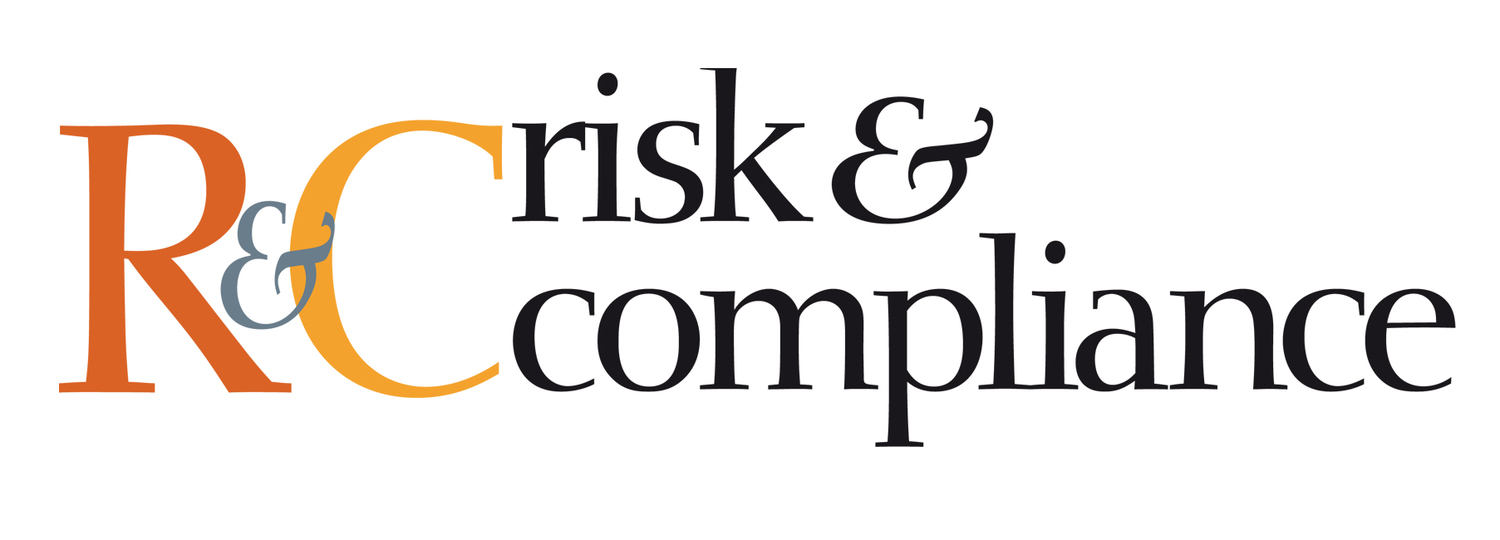COMPLIANCE AND THE ART OF COMMUNICATION
The increasing complexity of the modern business environment has brought numerous opportunities and challenges for risk and compliance teams in recent years. The combination of an increasingly volatile macroenvironment and an ever-changing regulatory landscape means that the scope, scale and importance of effective compliance are only growing stronger.
For compliance teams, effectively managing and facilitating the compliance process across increasingly dispersed and interconnected organisations is a significant challenge.
Approaches to compliance have evolved enormously in recent years. Previously viewed sceptically and considered more of a hindrance than a value generator, compliance is now seen by many organisations as a means to not only stay in the good graces of regulators and customers but also as a reputation enhancer.
In the past, companies considered compliance a box-ticking exercise; however, in reality, it is so much more. When correctly developed and implemented, compliance can be a crucial asset that enhances a company’s reputation and differentiates it from its competitors.
The expanding scope of regulatory requirements
Compliance is a complex and expensive beast. Companies today face an ever-increasing compliance burden. Recent geopolitical events and the increasingly rapid pace of regulatory change are placing additional demands on already-stretched compliance teams. While technologies such as automation and artificial intelligence are helping to streamline processes and alleviate some of the strain, regulatory expectations and burdens are mounting.
The sheer volume of regulations with which companies must comply continues to grow. Companies today must adhere to laws and regulations covering a broad spectrum of areas, from health and safety and modern slavery to anti-money laundering and bribery.

